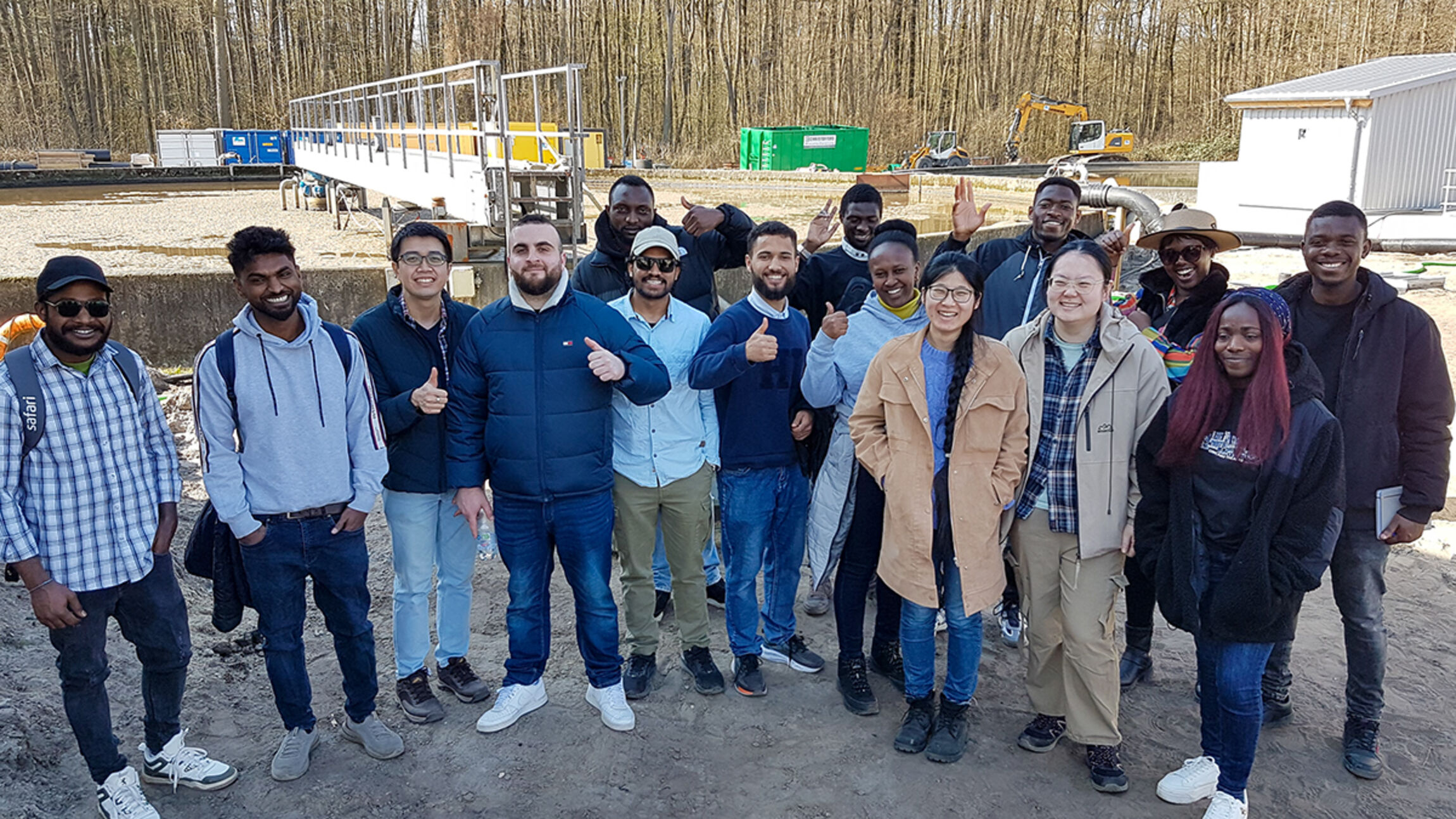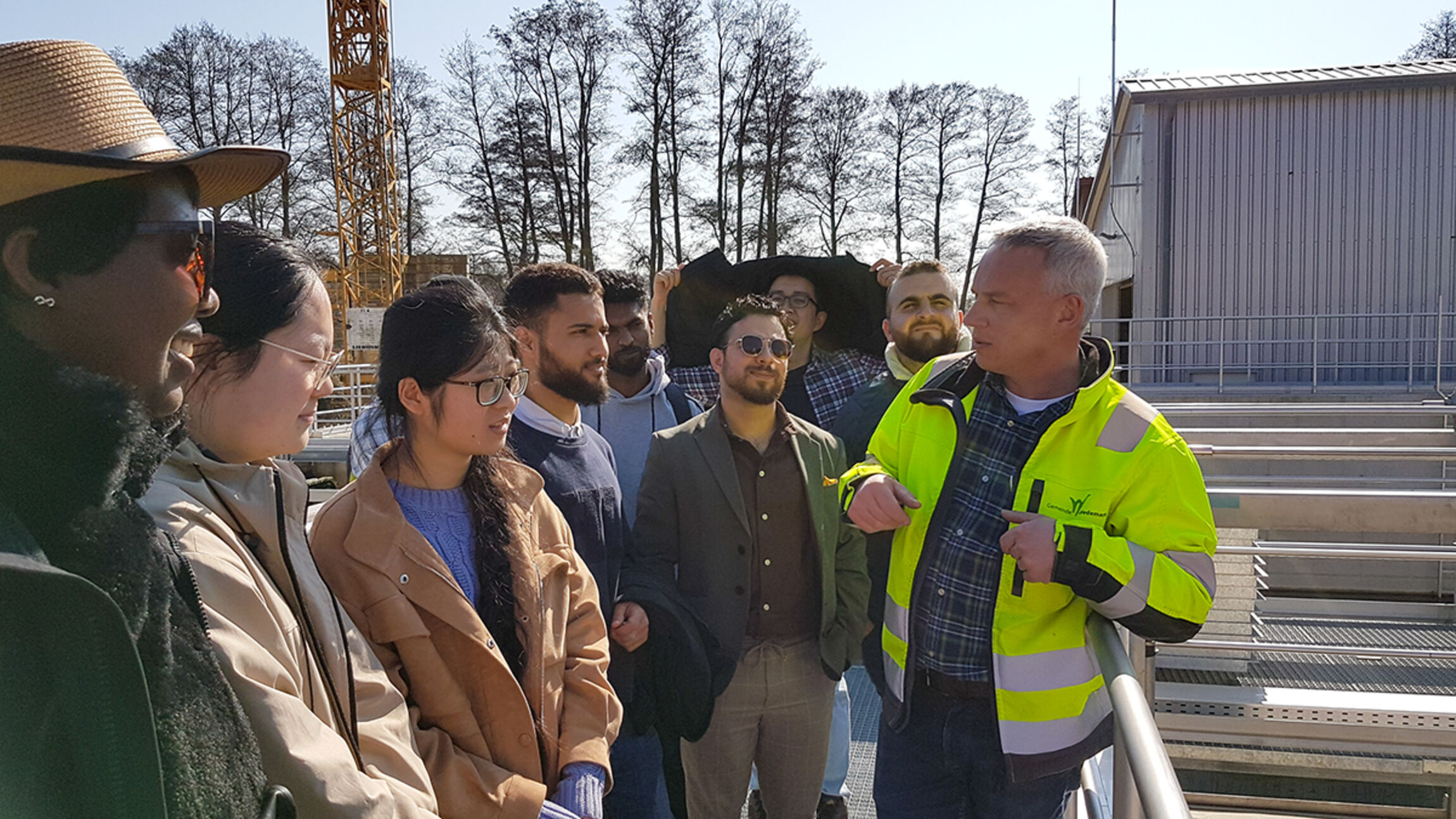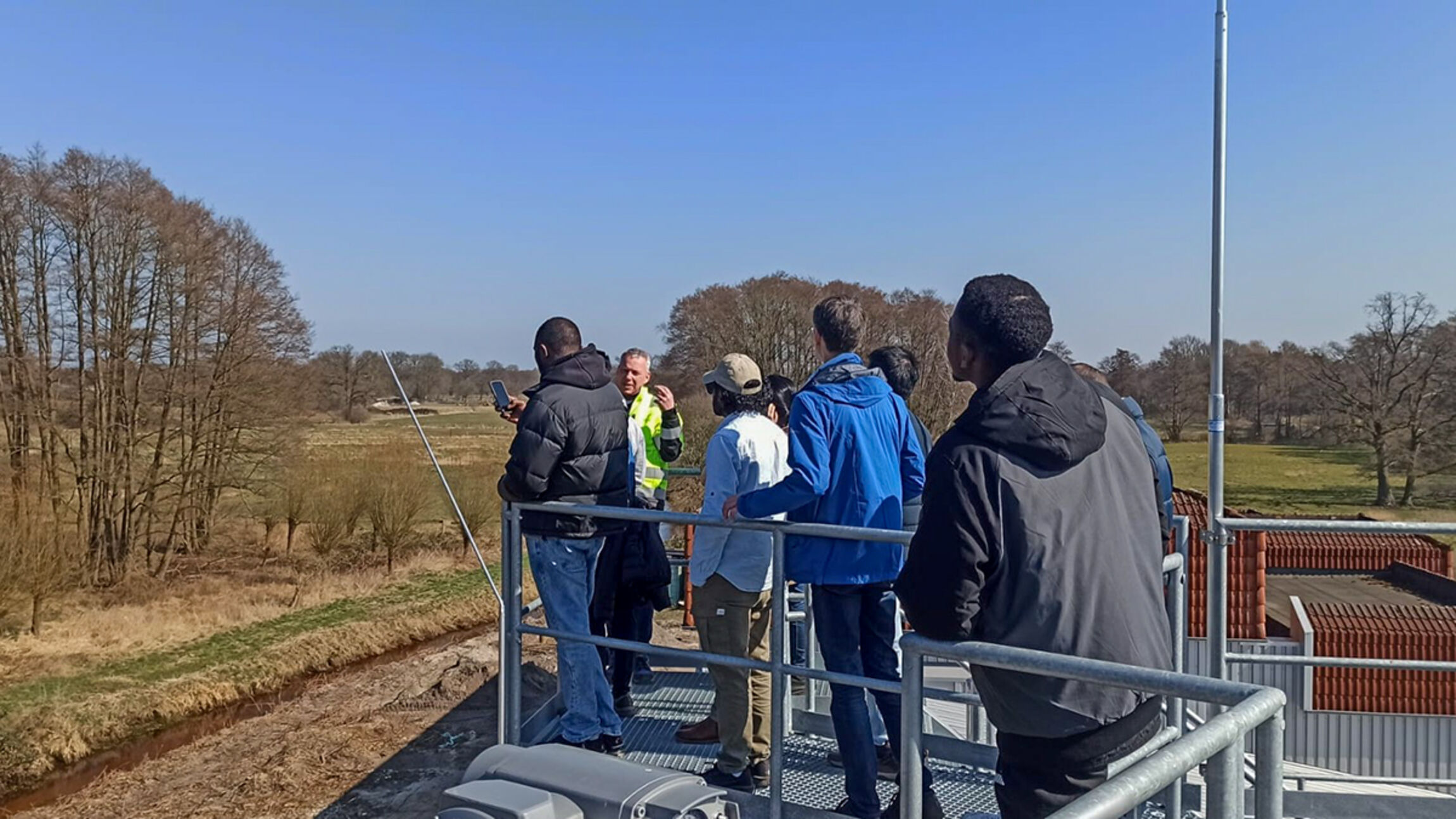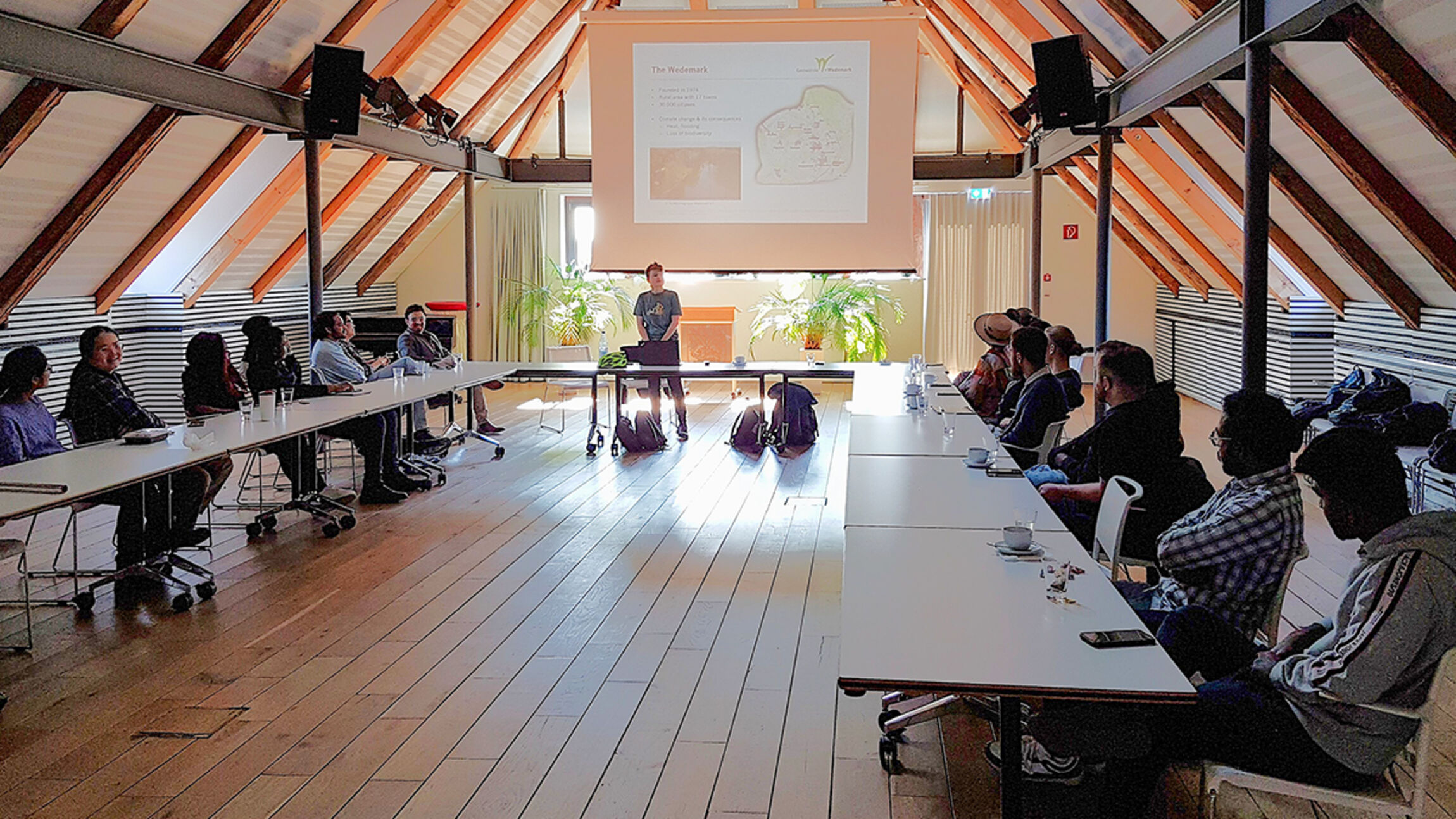Exkursion nach Bissendorf (Wedemark), 21. März 2025
In our daily lives, we use water for cooking, washing dishes, and going to the toilet. In factories, we also use water to clean products and even to produce products. So how should the wastewater generated be treated? On March 21, we came to the sewage treatment plant in Bissendorf.
I originally thought that the location of the sewage treatment plant would be chosen in a relatively low-lying location due to the cost of transporting sewage, but I didn't expect that the choice of location needs to consider many other factors, such as historical reasons and policy factors. In addition, the speed of collecting and treating sewage in this sewage treatment plant has reached a delicate balance. Bissendorf collects about 5,000 cubic metres of sewage every day, and the maximum capacity of the sewage treatment plant is about 10,000 cubic metres. It takes about 1.5 to 2 days to treat sewage, so there will not be too much sewage stored here.




